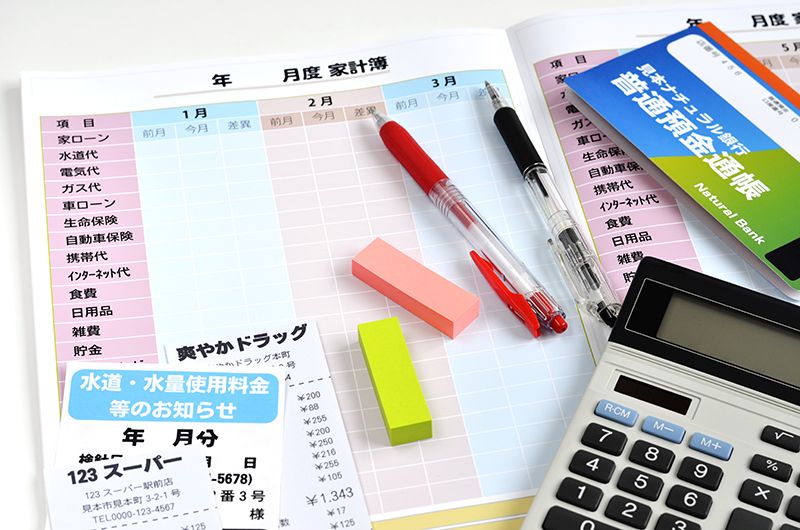Kakeibo Method
Kakeibo is a financial expense ledger that the Japanese use to record expenses in order to track and control monthly income and expenses. It was created by Motoko Hani in 1904 and has since become a famous traditional money-saving method in Japan.
The operation mechanism of Kakeibo consists of a cycle of 4 questions: How much money do you have? How much money do you want to save? How much money will you spend? What will you do to improve?
These questions aim to explore how personal finances are currently being used, set saving goals, and then come up with the most appropriate improvement solutions. Opening a Kakeibo book should start from the beginning of the month and be summarized at the end of the month for the most accurate results.
To implement this method, you only need to use a notebook to record income and expenses and answer the 4 questions accurately. The more detailed the list, the easier it is to manage.

Konmari Method – Eliminating Unnecessary Items
This saving method is inspired by organizing and eliminating unnecessary items in the home of interior expert Marie Kondo.
The principle of this method is to only keep items that bring joy and discard things that do not make them happy.
Accordingly, everyone can save money by organizing items into specific categories such as clothes, shoes, books, etc. and consider keeping necessary items while discarding those that are not often used. Then neatly arrange the remaining items in easy-to-find places, for quick retrieval and use.
This method helps people have a simpler lifestyle, eliminate forgotten/unused items. This will significantly save money in the future.

Developing Saving Habits for Children
According to the Japanese perspective, saving from a young age will help children develop financial thinking early and prepare for a better future. Japanese parents let children manage their money by giving them a certain amount of pocket money each week or month for them to decide how to use it. This helps children learn how to budget, allocate money for different expenses, and save for things they want.
In addition, instead of keeping money for children, Japanese parents open savings accounts at banks for children or encourage children to save money in piggy banks every day. This way, children can accumulate a larger amount of money and receive interest from the bank or encouragement from the family.
Saving in Daily Living
Saving money will be more effective if you can control daily living expenses. Japanese people often save expenses in daily life by: saving when shopping for necessities, saving on food expenses, saving on electricity and water bills, using public transportation.

Bank Savings
The trend of bank savings in Japan reaches 17-20% of income. This is the highest savings rate in the world. Thanks to the habit of saving a large part of their income, Japanese citizens have helped the government to have an important source of funds to reinvest and develop the national economy.
Bank savings is a safe form of depositing money that earns high interest from idle funds. Rational spending to accumulate from now on is a solution that helps individuals gradually become financially independent in the future.
































